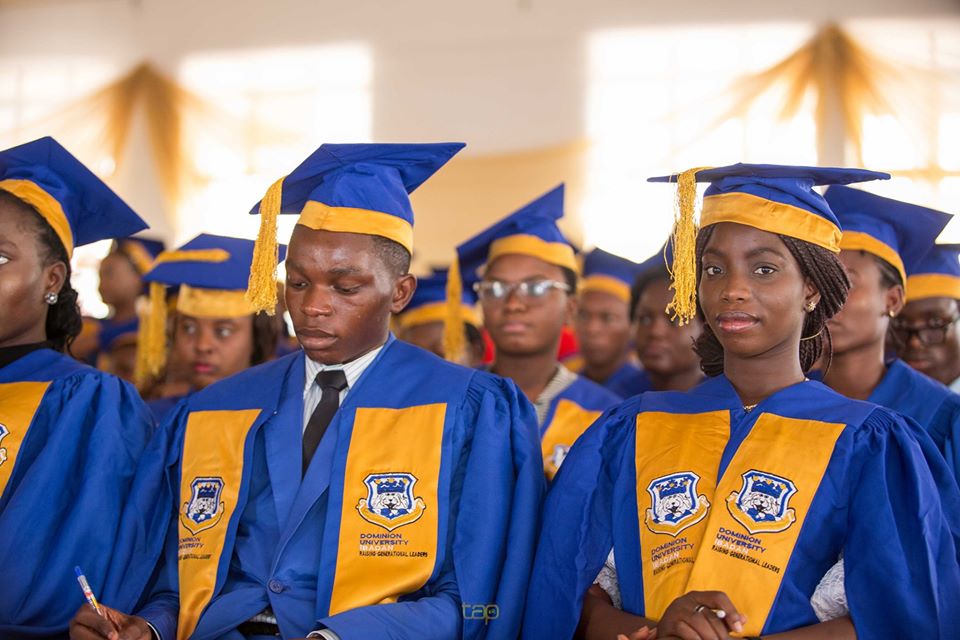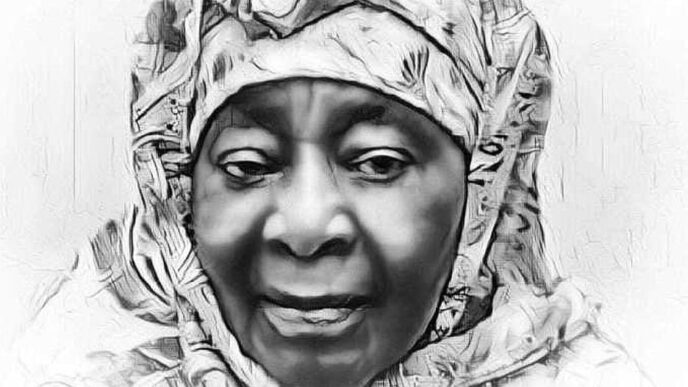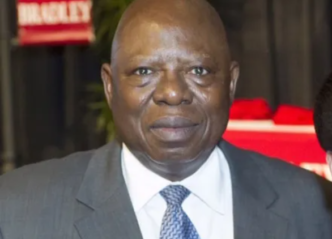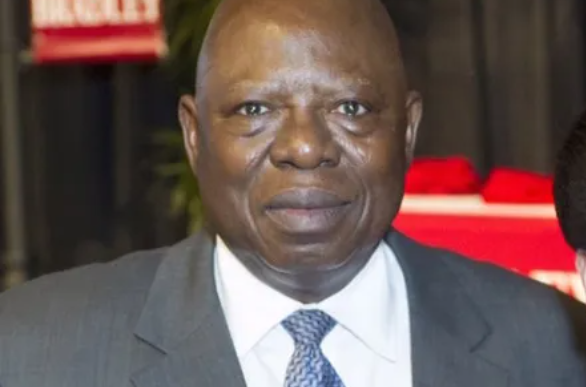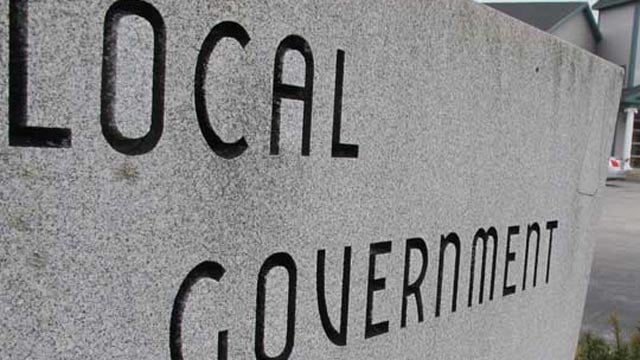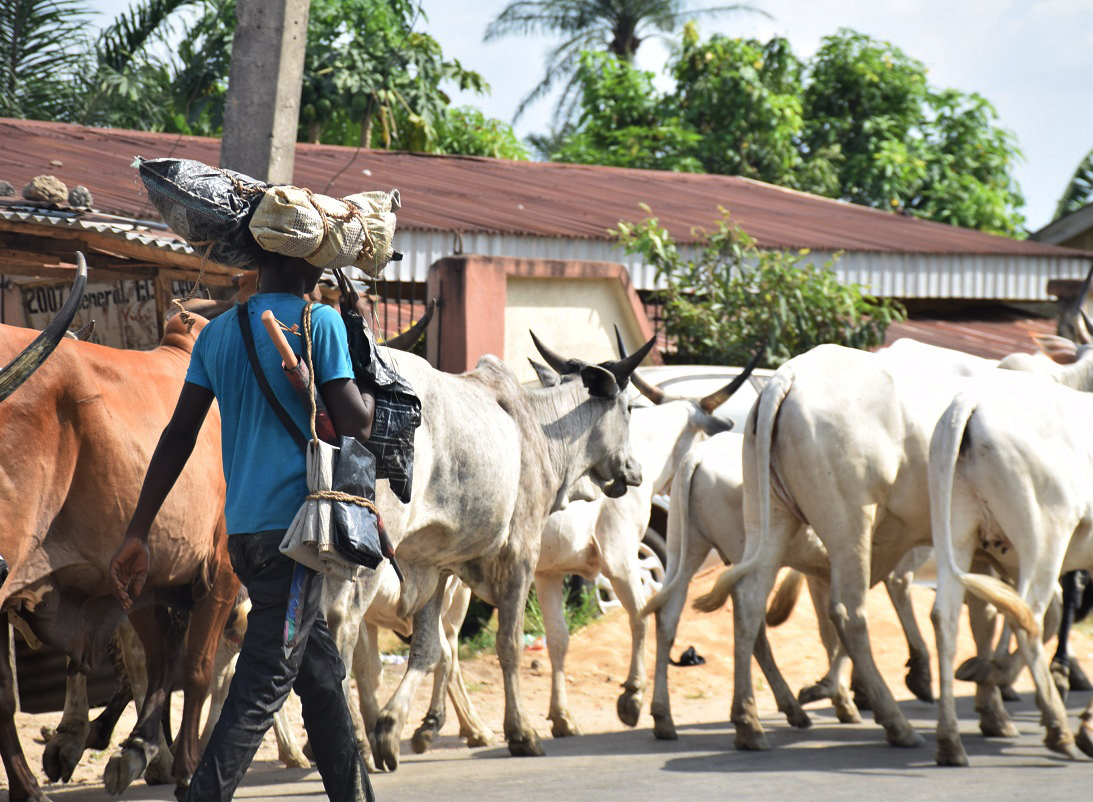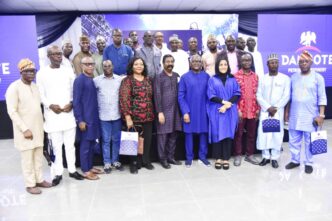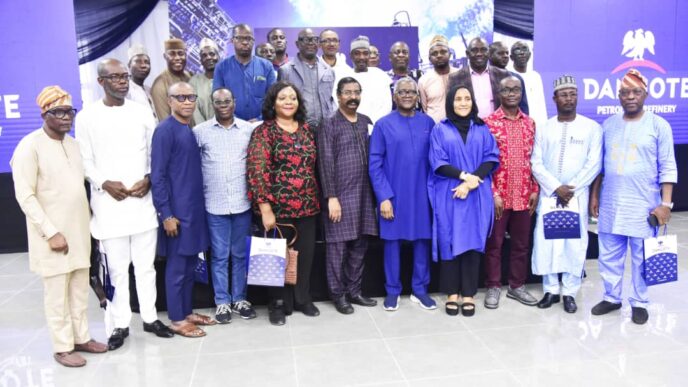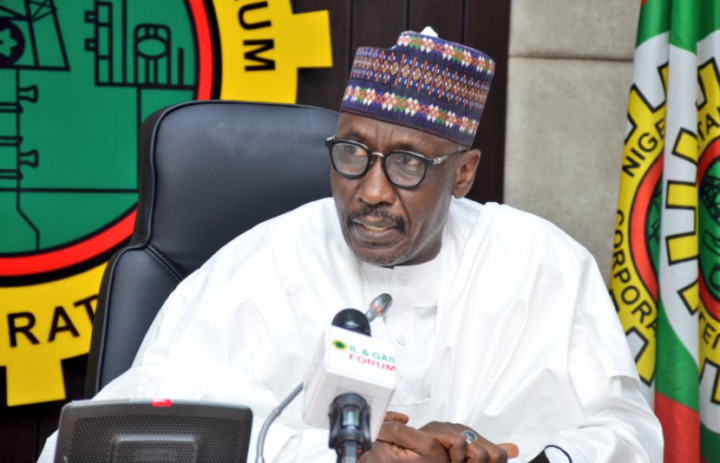The disconnect between Nigerian academia and the industry is not news. Several articles and research papers have been written to explore the disconnect and why it exists. That academia needs to be hinged to the realities and needs of the industry is therefore an obvious need. This article is focused on exploring this issue, particularly through the student’s educational experiences. Higher education students particularly need to become better exposed to the real-world challenges that their education is supposedly preparing them to solve.
One major way that has been explored to bridge the gap is the Industrial Training (IT) model that is being implemented through the Student Industrial Work Experience Scheme (SIWES). Created by the Federal Government of Nigeria in 1974, the SIWES model has gradually lent itself to obsolesce in its contribution to this academia-industry connection. The scheme has been heavily critiqued over the years for issues, including its limitation in that it mostly caters to STEM-based disciplines with some inclusion of Agriculture, Medical Sciences, and Education students. Other criticisms of SIWES’ effectiveness include its short duration, inability to transition to actual employment, poor matching of student placements, insufficient participating industries, insufficient funding, and more.
This begs the question: Are there new models that can be explored to bridge the academia-industry divide and situated within higher education experiences?
In a knowledge-sharing event that was hosted in 2023 by The Education Partnership, I and some leading Education Policy Experts shared some insights on this matter. Edem Ossai, the founder of MAYEIN and the African Regional Network Coordinator at NORRAG, proposed a 2-pronged model to address this problem and help students translate abstract concepts learned in the classroom into real-world contexts. I believe the model deserves the attention of policymakers and the general public. This model differs from some of the existing models in that it doesn’t only infuse student’s academic experiences into some form of industry placement (where students have to leave school to stay within the industry for some time like the SIWES model does), but also infuses industry-related work and problem-solving right into student’s academics. That is, they don’t have to leave school to gain industry experience. The 2-pronged model can be summarized as follows in 2 major actions:
Advertisement
- Create discipline-based incubation spaces within higher institutions
In STEM-focused disciplines, these spaces can serve as Innovation Centers where students apply STEM principles to solve local challenges. For non-STEM fields such as arts, social sciences, and law, these incubation spaces can function as Thinking Clinics. Here, students engage with real-world case scenarios that require the application of their field’s knowledge beyond rote memorization. Indeed, this is already being done on a small scale in some universities, for example, through student-led idea hackathons usually around science and tech-enabled problem-solving. However, this model advocates for direct integration into the higher education curriculum so it can scale across all higher institutions and expand beyond STEM disciplines. Industry partnership opportunities could also be sorted so they can provide insights into current sector-specific problems.
- Introduce Experiential Capstone Projects
Experiential Capstone Projects would task students with designing solutions to problems within their local communities, serving as the culmination of their higher education journey, to replace the current (usually) abstract undergraduate thesis model. These capstone projects can also be pursued in an interdisciplinary and collaborative manner so they can provide richer solutions, as against the siloed style the limited ongoing undergraduate research is being pursued.
The innovativeness of this model is in its practicality, seeing that it leverages established practices within higher education and have already been successfully implemented by universities in Africa, as exemplified by the African Leadership University in Rwanda. This demonstrates the viability of such approaches even within the complex African context and it would make a huge difference if implemented.
Advertisement
Oluwatoyin is a STEM Education Doctoral Researcher, Social Impact Founder and Education Policy Advocate. She writes from Nigeria and the United States. She can be reached at [email protected] or on LinkedIn here.
Views expressed by contributors are strictly personal and not of TheCable.

